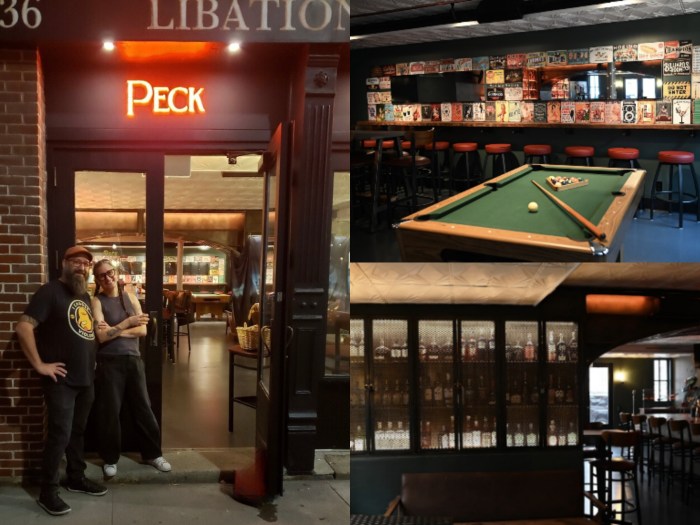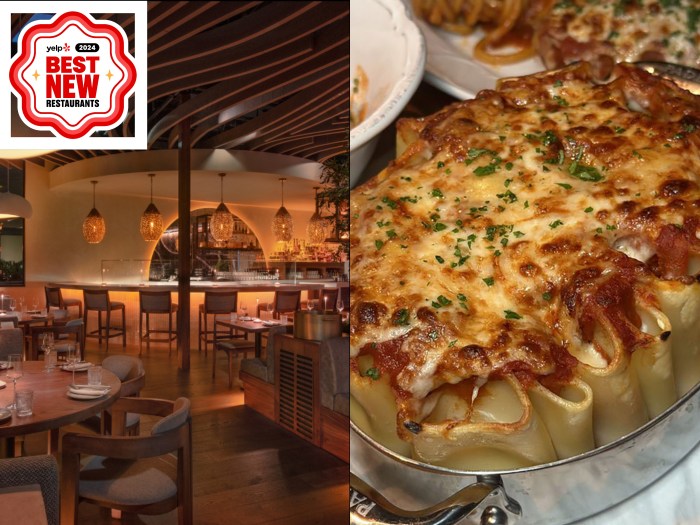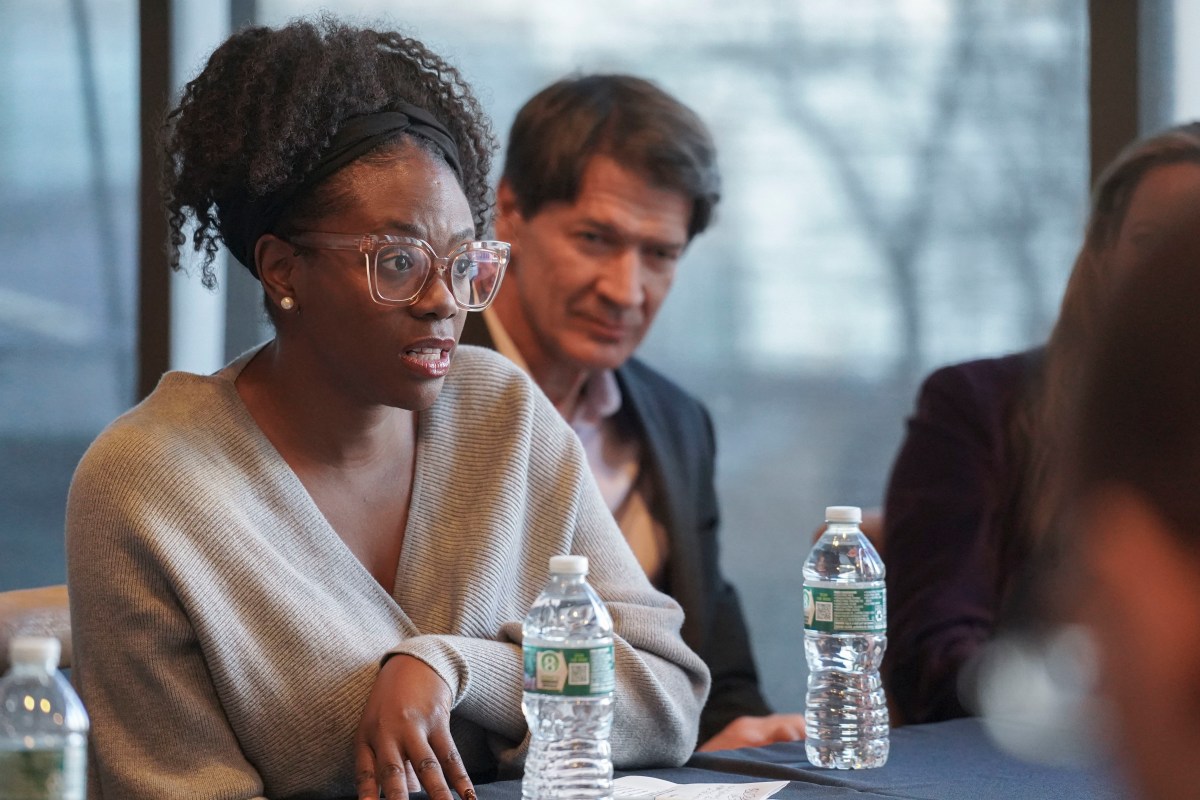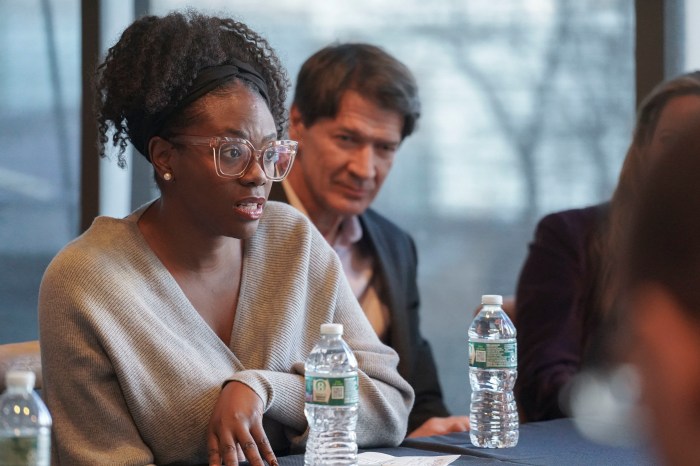
Jeppe Jarnit-Bjergsø has a very busy fall. In November, the gypsy brewer behind Evil Twin is planning to open his first brick-and-mortar brewery in Ridgewood.
Before that happens, the Denmark native and current Bed-Stuy resident will be helping spread the word about craft beer bars and breweries the world over with “Where to Drink Beer,” out Oct. 1.
The compendium features more than 1,600 recommendations across 70 countries from 500 brewers, beverage directors, consultants and other experts.
The publisher, Phaidon, is behind the similar “Where Chefs Eat” series, as well as “Food & Beer,” a 2016 recipe book Jarnit-Bjergsø co-wrote based on the Greenpoint beer bar he co-founded, Torst.
amNewYork spoke with Jarnit-Bjergsø, 43, about the new guide and his brewery.
What appealed to you about this project?
I already had “Where Chefs Eat”; I was using it a lot. I liked the idea of having an index book. I know a lot of index books out there are not of beer, but for restaurants. I like that it’s the experts’ views on things — it’s the chefs that recommend restaurants. Since I already knew the format of the book and the idea, and I was already using it for food, why not be involved in the beer book? I knew it was something people would be interested in getting and using. I’m very connected in the beer world. I’ve been to a lot of countries also. It makes it a lot easier when you’ve met a lot of these people.
How do you see people using this book?
Most of all it’s a travel book, so when you go to a place you haven’t been to before, and you’re into craft beer and want to experience something new and different, you can use it like that — as a travel guide. You also might have a favorite brewery — it might be fun to see places they recommend. That’s how I’d use it. That’s what’s fun — this is not just one guy making a list of the 10,000 best places — what if you don’t agree with that guy? Since it’s a lot of people we asked, you would probably find someone you agree with.
How was that process like for New York?
New York City was obviously the easiest one because it’s close to us, and we know a lot of people here. That was kind of the biggest challenge — we got a lot of recommendations, not just in New York City. We wanted to have it more diverse, we wanted to spread it out more, so it just wasn’t an American book. I could name the first 50 places in New York, I could have done it myself, but it’s fun to get it from other people. The idea with the book is, it’s not just about the best places in the U.S., it’s not just about what beer bars in the world have the most taps, for example. It’s more about places where you can get a unique experience. I recommended a small bar in Tokyo, Pigalle — it’s smaller than your bedroom. You can fit 10 people in there. They have four beers on tap, but it’s just an awesome place and an awesome experience.
For your go-tos, you didn’t pick any in New York City.
From my point of view, we wanted to spread it out a little bit more, because a lot of the places that I wanted to recommend were already recommended. Since I had been traveling a lot, I wanted to give some places that weren’t in the book from somebody else.
Are you traveling for the brewery or for personal reasons?
I’ve always traveled, just for vacation. But I’ve also been traveling a lot for brewing, since I don’t own a brewery. I think I brewed in 20 different countries. Japan, Australia, Taiwan, Iceland — all kinds of places.
But now you have a home in Ridgewood.
I’m still going to travel and do all that. But now I definitely have my own place to do it. I’m going to spend a lot of time out there. It’s coming along.
What can people expect when Evil Twin opens?
We’re going to do a lot of smaller batches. It’s a smaller system than we normally brew on, since we do one-offs. It’s my first own brewery — the first I can control 100 percent. It gives me more freedom to do what I want. We have a big tap room — we can invite people out there. You can buy the beer where it’s made, the day after it’s made. You don’t have to wait for it to hit the shelves or other bars. We needed that — not just from a business perspective. It’s definitely going to be good for our business, to have a brewery. But also from a personal perspective, I can finally do what I want and I don’t have to ask for permission, and that gives me more freedom. There’s a lot happening in the craft brewery scene. You’ve got to stay on top of it, you’ve got to renew yourself. We have a lot of followers all over the world who are excited to come by. It’s nice to be able to invite them in.
You’ll have a food truck there, too?
A Fette Sau food truck. Joe [Carroll] is a very good friend of mine. Barbecue and beer go very well together. Joe’s been wanting to expand. I had a restaurant — I’m not a restaurateur. It went really well and we got the Michelin star, but I don’t want to do it, it’s too complicated.
If you did have any local picks for the book, what would have mentioned?
I think the one that I go to the most would probably be Spuyten Duyvil in Williamsburg — it’s the same owner as Fette Sau. Because I’m good friends with the owner first of all. I actually went there in the summer of 2004 for the first time, way before I moved here — right after they opened — so I have a history with that place. It just brings memories of before I moved here and beer was young and new and exciting.
How does New York’s beer culture compare to other cities’ today?
I would actually say it’s behind a little bit, but it’s catching up for sure. I think it’s really good right now. I mean, the reason I say it’s behind is when I moved here 6½ years ago, I think there were three breweries in New York City. Now there are probably 30 or 40, something like that. I think it has been slower than everywhere else because of how expensive it is — it’s so difficult to build something at this scale. To do that, in New York City, it’s just complicated and expensive. I think that’s the main reason why. I really think the quality of what’s being brewed in New York is very high. Because it’s so difficult and because it’s so expensive, it really pushes you to do as good as you can, because if you don’t you’re going to lose, you’re going to fail. It’s not enough to be mediocre in New York. You can’t cheat people in New York, you can’t pretend anything in New York. So the quality of what’s being made in New York, and the quality of beer bars, seems to be very high compared to a lot of other places. The restaurant scene in New York is so difficult. It’s so much competition. If you don’t stand out, if you don’t do good from day one, people are not going to come. I think that’s pushed people to do really good. The level of beers being brewed right now in New York is very high.
It’s interesting for you — you’ll be a known entity when you open.
When opening our brewery, obviously we don’t have to go out and build a brand. We already have it, which is obviously nice. It’s easy for us to get the message out. On the other hand we also have to be very careful because if you’ve started a new brand, you can see how it goes, build it up and can change up things. There’s so much attention on our opening, we have to be good from day one. We can’t just pretend. There’s a lot of pressure on it. I don’t mind that, to be pushed, but we definitely have to make sure we do it right. You can’t do it halfway. People are going to pay attention. The media’s already writing about the opening. I think The New York Times has written about us three times already and we’re not even open. It’s a little wild. I’ll take it.



































